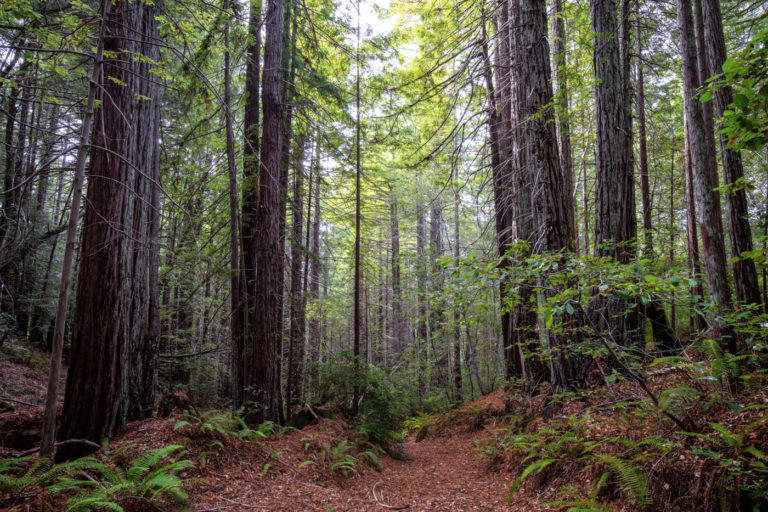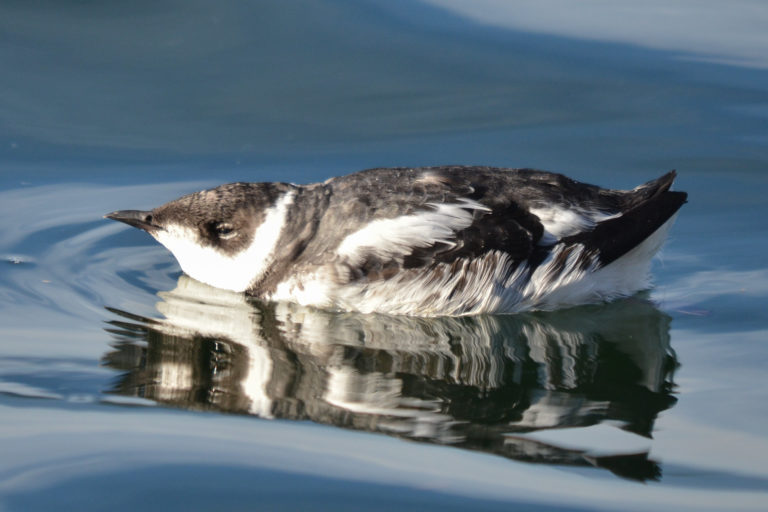Tc’ih-Léh-Dûñ is a redwood forest in Mendocino County, California. This forest is protected and managed by the InterTribal Sinkyone Wilderness Council, a group of ten Native American tribal nations.

The Sinkyone people have lived in the coastal area of Northern California along the Eel River for thousands of years. Tc’ih-Léh-Dûñ means “fish run place” in the Sinkyone language. It is called a “fish run place” because steelhead trout and coho salmon live in a creek that runs through the forest.
Tc’ih-Léh-Dûñ is an important forest. It is home to several endangered wildlife species like northern spotted owls, yellow-legged frogs, and a sea bird called the marbled murrelet. The marbled murrlet lays its eggs in nests built in tall, old trees like the redwoods and Douglas firs found in this forest.

The InterTribal Sinkyone Wilderness Council works to protect and manage the forest as their ancestors have for several thousand years. Redwood forests burn periodically, and fire helps redwood seeds establish by clearing out vegetation that competes with them.
The Sinkyone people traditionally managed forests with rotational burning, meaning that different parts of the forests were burned in rotation every few years. Indigenous knowledge of the area and traditional practices like rotational burning will be used by the Sinkyone to manage Tc’ih-Léh-Dûñ and other forests surrounding it.






